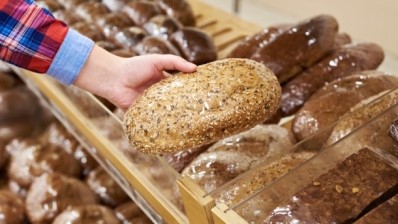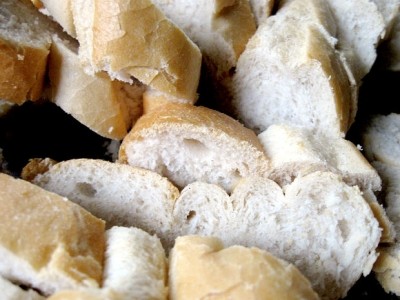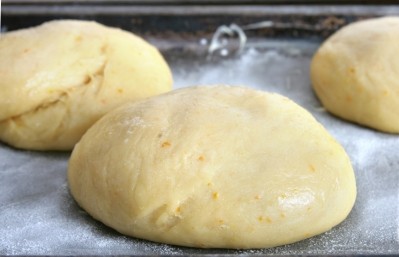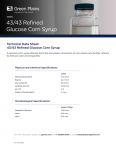Slashing food waste: Turning bread into useful enzymes
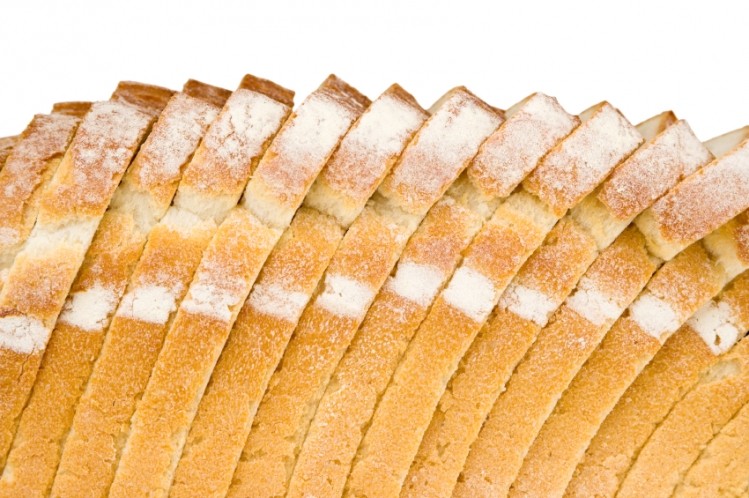
A study published in the Journal of Food and Bioproducts Processing found that through solid state fermentation, it is possible to develop a multi-enzyme solution rich in glucoamylase and protease from waste bread.
“Glucoamylases and proteases are the most widely used industrial enzymes with applications in various industries,” the researchers wrote.
These enzymes could also be used to produce nutrient rich hydrolysates which can be fermented to produce value-added chemical products like ethanol and lactic acid, they added.
Wasted bread: A big problem
Bread is a major food waste around the world and in most European countries, according to the study, and in the UK alone, it is estimated that up to 1.2 million tons of bread are wasted each year.
More than 95% of this wasted bread goes to landfill where it is converted into methane, but the EU Landfill Directive wants to decrease levels of waste disposed in this manner.
Researchers said that bread waste could be used to produce enzyme ingredients as a novel alternative to disposal in landfill sites.
Active enzymes
“In the last two decades, solid state fermentation has attracted interest in western countries due to its advantages in the production of secondary metabolites, and production of novel foods. In addition, via solid state fermentation, solid wastes can be utilized as commercially desirable substrates,” they said.
They said bread has the characteristics of an ideal active enzyme for solid fermentations.
The study used sliced white bread and determined the optimized production parameters to create useful, active enzymes from wasted product.
Findings suggested that a fermentation time of 144 hours with very specific moisture and particle size parameters ensured the highest level of multi-enzyme activity.
“These enzyme activities were considerably higher than those previously reported… for the same fungus grown on a wheat flour medium,” the study said.
Source: Journal of Food and Bioproducts Processing
Published online ahead of print, doi: 10.1016/j.fbp.2013.04.008
“Stepwise Optimisation of Enzyme Production in Solid State Fermentation of Waste Bread Pieces”
Authors: M. Melikoglu, CS. Ki Li and C. Webb
